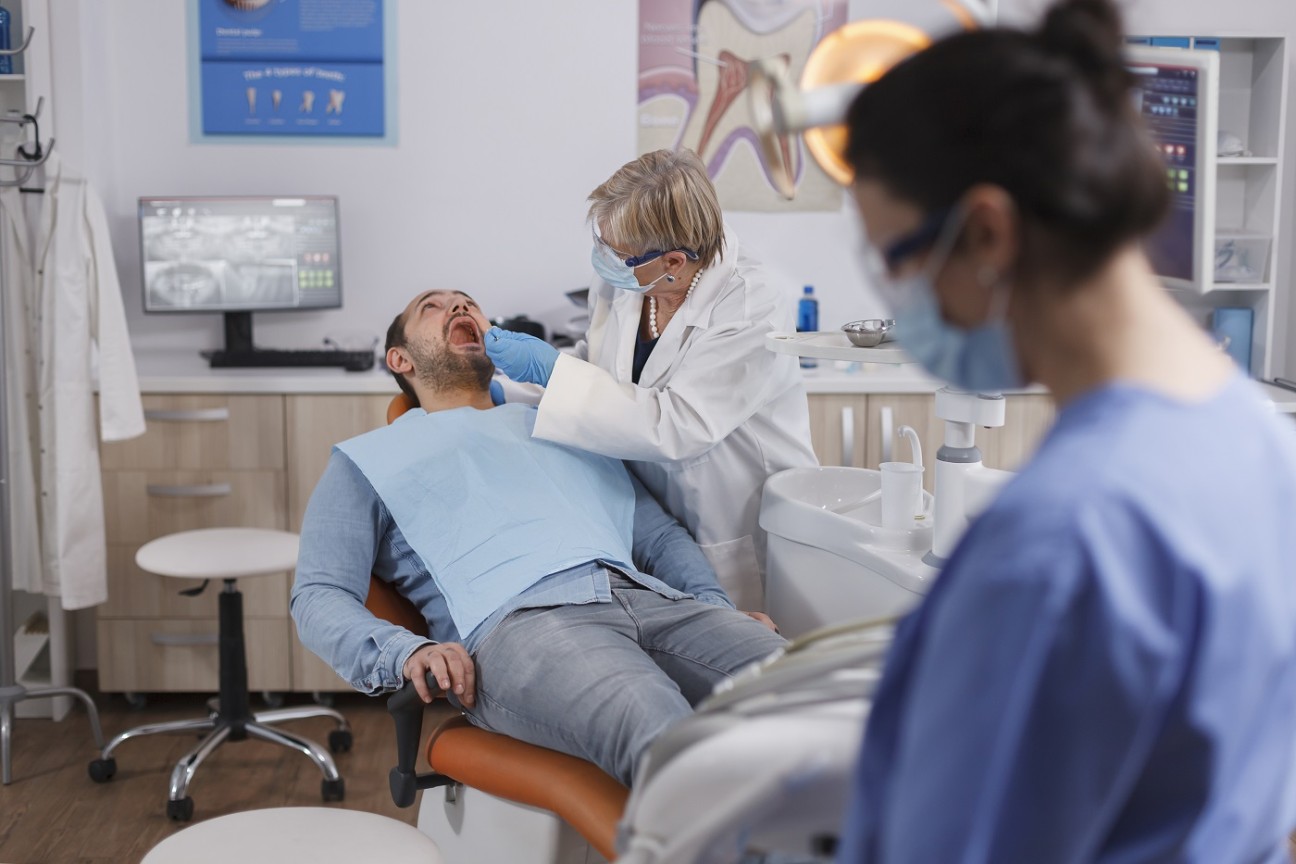Cookies are used on this website.
For detailed information about cookies, you can review the Semboldis Cookie Policy.

The joint called TMJ (temporamandibular joint) that connects the lower jaw to the skull is quite complex. It is a joint that can move in all directions and has a disc between the bones. Inappropriate prostheses, teeth grinding, crowding of teeth and genetic features can cause irregularities in this joint. As a result, severe pain in the relevant area and head, and difficulty in opening the mouth and chewing may occur. In addition, due to the problem in the joint, sounds may be heard when opening and closing the mouth. Tooth grinding (bruxism) is a psychologically induced habit and usually occurs when sleeping at night involuntarily. It is characterized by severe pain in the jaw and temple area when waking up in the morning. In more advanced stages, there may be difficulties in opening the mouth. Irregularities occur in the joint and clicking sounds can be heard when opening and closing the mouth. In addition, as a result of the habit of clenching teeth that has existed for years, the teeth may wear out and their length may be shortened. As a result, a decrease in the vertical size of the patient's mouth and problems with sensitivity in the teeth may occur.
If the cause of the discomfort is improper restorations or prostheses in the mouth, they are intervened. If there is a habit of clenching teeth, a night plate is made to be used while sleeping or muscle relaxants can be given. In more advanced stages, the joint can be washed with special fluids or cortisone injection can be done.
There are soft, hard and splinted types of night record. If the clenching is mild, hard plaques can be used if soft plaques are advanced. If the patient wants to regulate the closing relationship of the teeth, splinted plates can be prepared. First of all, measurements are taken from the patient. Plates are prepared by sending these measurements to the laboratory. In the last session, the plaque is adapted and delivered to the patient.